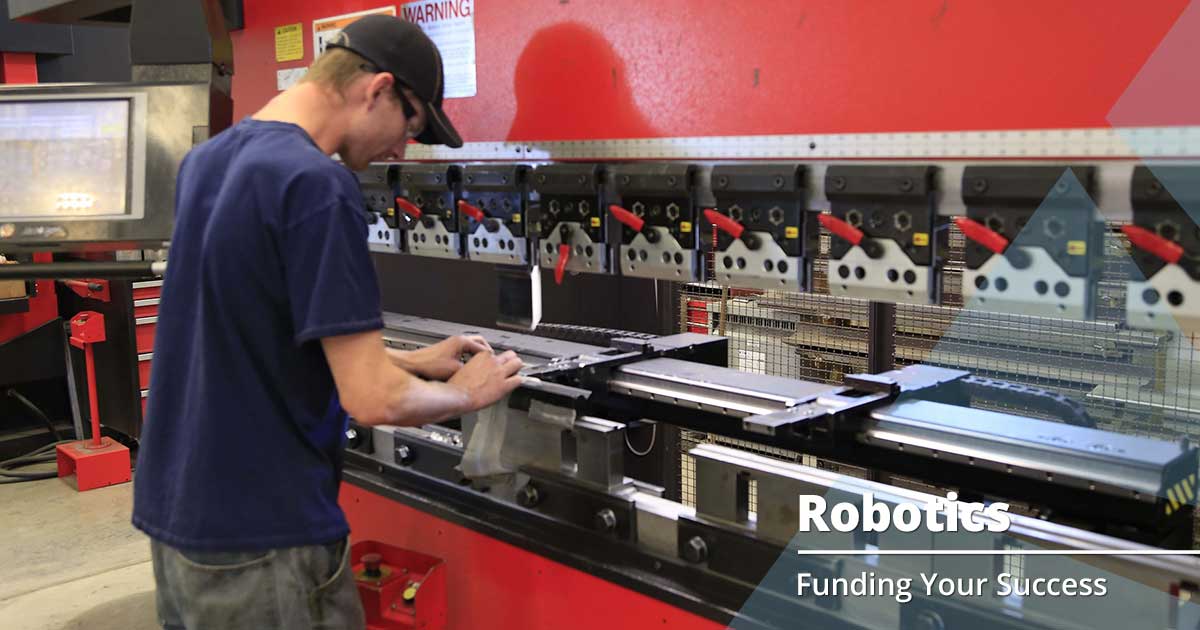Are Robotics the Future of Manufacturing?

Automation and robotics have streamlined the way we live our lives, making so much of what we do on a regular basis a snap to complete. And in the business space, robotics have really helped in the wake of the Covid-19 pandemic. Jobs that used to be completed by humans can now be done by machine, reducing the need for workers to venture out to a job when there is still so much uncertainty about our health and wellbeing. Automation is a huge part of the manufacturing process too, with robots performing any task imaginable – from packaging to assembly and everything in between. Business owners are asking themselves if investing in this type of technology is cost-efficient, if their business is large enough to warrant the need for it, or if introducing robotics will end up costing jobs. Which begs the question, are robotics the future?
Fun fact: according to history, “Robot is drawn from an old Church Slavonic word, robota, for “servitude,” “forced labor” or “drudgery.” Robots used to be expensive when they were initially implemented in the 60s. Now, with increased demand, prices have come down and made the use of robotics even more realistic for businesses of all sizes. They reduce or eliminate the need for human labor and can also operate all day, every day – resulting in an increase in production and decrease in downtime. The time and money savings associated with automation and robotics in manufacturing is very real. While there is an initial up-front cost that can be terrifying, the return-on-investment (ROI) is significant given the amount of things a robot can do for manufacturing businesses. And with a line of credit or other bank loan like the ones offered from ARF Financial, making that initial investment might be a little easier more realistic.
There is also a very real fear among workers that they’ll eventually be replaced by robots. This fear spans many industries, not just manufacturing. But while there might be losses along the way, an increase in these types of machines means an increase in the workforce required to design, build, operate, and maintain this technology. Another plus is that robots can perform the hazardous duties that used to be performed via manual labor—no injuries necessary. While robots are certainly a huge part of the manufacturing industry, by no means is human intervention going away. We predict we’ll all be working in perfect harmony as time goes on.
Making wise investments in your business can help you reach greater successes in the long run. If you’re in the market for a line of credit, working capital loan, or Flex Pay loan, be sure to fill out our online application and get a real-time quote. It’s just 4 short questions and 5 easy steps, and it won’t affect your credit score. Our loan experts will work with you hand-in-hand to help create the perfect financial product that’s just right for your business needs.

